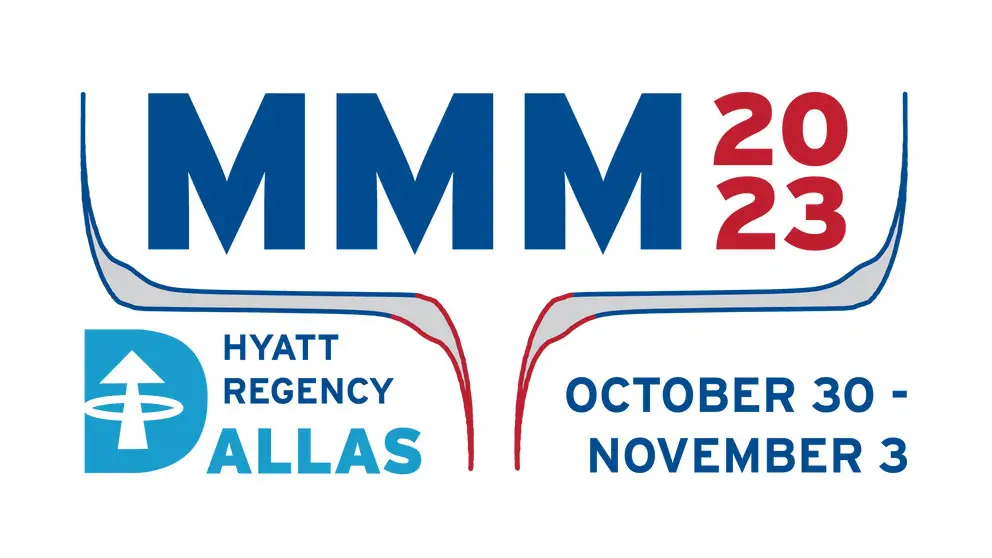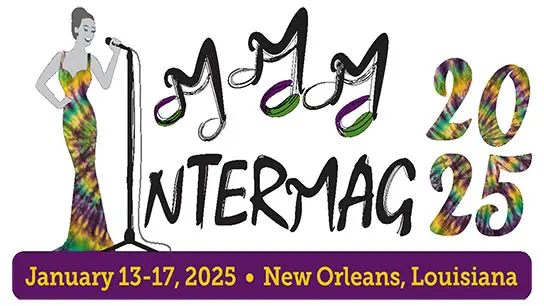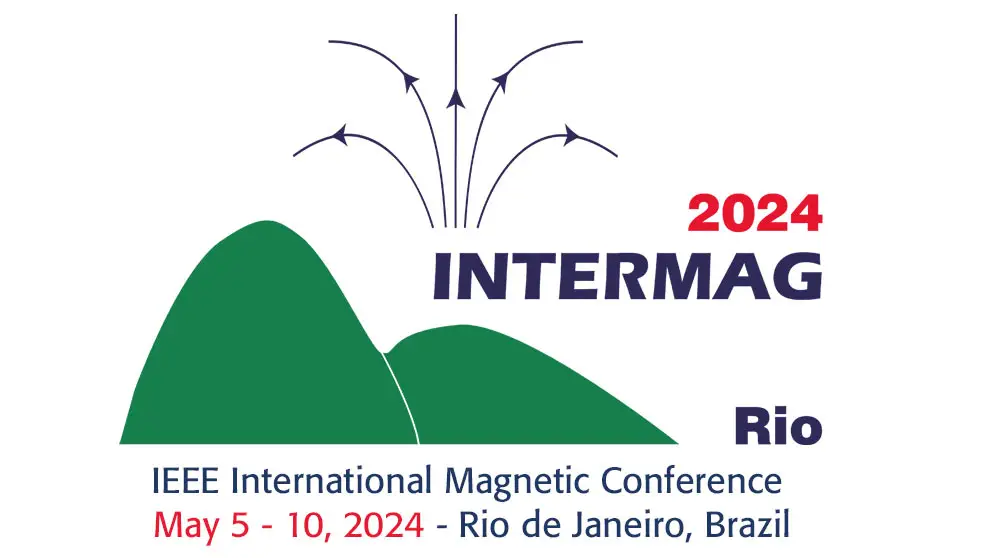VP11-13: Impact of nitrogen on large charge-to-spin conversion efficiency in a non-collinear antiperovskite Mn3PtN antiferromagnet
Nitipriya Tripathi, Shrawan Mishra, Shinji Isogami and Yukiko Takahashi
Poster Virtual Only
03 Nov 2023
Elemental doping and/or alloying of light elements to ordinary metallic compounds have attracted attention in the field of recent spintronic materials.[1] For example, carbon greatly boosts the anomalous Hall conductivity of CoMn thin films [2], and boron modulates the spin structures and inter-band optical transitions of the host Mn4N thin films [3] In order to explore the impact of nitrogen on charge-to-spin conversion efficiency, in this study we compared the spin-Hall angle (SHA) evaluated in the existing Mn3Pt/CoFeB[4,5] and Mn3PtN/CoFeB bilayer systems, which has not been reported to date. The Mn3PtN compound is predicted to be one of the non-collinear antiferromagnets with Berry curvatures from Weyl points near the Fermi level,[6] promising large anomalous Hall conductivity. The multilayered samples with Mn3PtN (t=5,7,10 nm)/CoFeB (3nm)/MgO (3nm) were deposited on MgO (001) substrates using the DC/RF magnetron sputtering systems. Figure 1 shows the Vmix line shape in the spin-orbit torque ferromagnetic resonance (ST-FMR) at fixed RF frequency 7 GHz, by scanning the in-plane dc external magnetic field Hext at angle φ (typically 45○). Figure 2 significantly represents the thickness-dependent spin Hall angle, we observed a significant ten-fold higher SHA, which surpasses the performance of the controlled Mn3Pt/CoFeB samples; therefore, the presence of N2 would lead to higher efficient charge-to-spin conversion. While the strength of the damping-like field of the epitaxial samples is greater than that of the controlled Mn3Pt/CoFeB samples, determined by the second harmonic Hall measurement provides qualitative support for the ST-FMR conclusion. One of the possible origins for the enhancement of SHA could be the electronic structures induced by the presence of nitrogen. In addition, the influences of crystal structures and surface morphologies on SHA will be discussed at the conference.References: [1] Shinji Isogami and Yukiko K. Takahashi, Adv. Electron. Mater. 9, 2200515 (2023). [2] Shinji Isogami, Mitsuru Ohtake, Yukiko K. Takahashi, J. Appl. Phys. 131, 073904 (2022). [3] Jing Zhou, Xinyu Shu, Yaohua Liu, Phys. Rev. B 101, 184403 (2020). [4] H. Bai, X. F. Zhou, H. W. Zhang, Phys. Rev. B 104, 104401 (2021). [5] Yu-Xuan Wang, Wei-Chun Hung, Wei-Chieh Hung, Appl. Phys. Express 15, 033002 (2022). [6] Vu Thi Ngoc Huyen, Michi-To Suzuki, Kunihiko Yamauchi, Phys. Rev. B 100, 094426 (2019).


